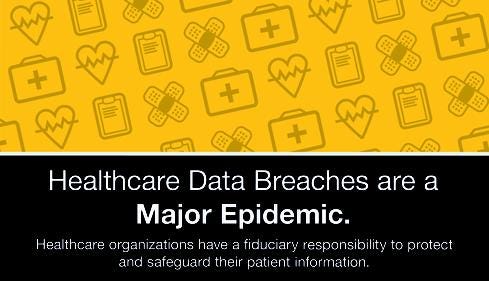There are lots of reasons why medical data is so vulnerable but the sheer numbers at risk speak volumes about the scale of the problem.

There’s no vaccination that can stem the outbreak of recent healthcare-related data breaches. If anyone needs a reminder about why medical records are increasingly a target, just thumb through all the personal identifiable information stored in your cell phones, fitness trackers, social media, the cloud, and in service provider databases.
There are lots of reasons why medical data is so vulnerable – a fragmented industry, the explosion of electronic health records spurred by the Affordable Care Act, and medical PII's increasing value to hackers. But the sheer numbers at risk speaks volumes.
Researchers at Keeper Security pulled together data from a number of recent reports on healthcare data security trends to create a graphical portrait of where the industry is -- and where it needs to be. Take a look at our slideshow on their findings, and then let's chat about what steps your company (and you as an individual) should be taking in the fight for better health IT cyber security.
Except where noted, the data points contained in the slides were taken from the Ponemon Institute's Fifth Annual Benchmark Study on Privacy & Security of Healthcare Data released in May of this year.
Read more about:
2015About the Author(s)
You May Also Like
The fuel in the new AI race: Data
April 23, 2024Securing Code in the Age of AI
April 24, 2024Beyond Spam Filters and Firewalls: Preventing Business Email Compromises in the Modern Enterprise
April 30, 2024Key Findings from the State of AppSec Report 2024
May 7, 2024Is AI Identifying Threats to Your Network?
May 14, 2024
Black Hat USA - August 3-8 - Learn More
August 3, 2024Cybersecurity's Hottest New Technologies: What You Need To Know
March 21, 2024




